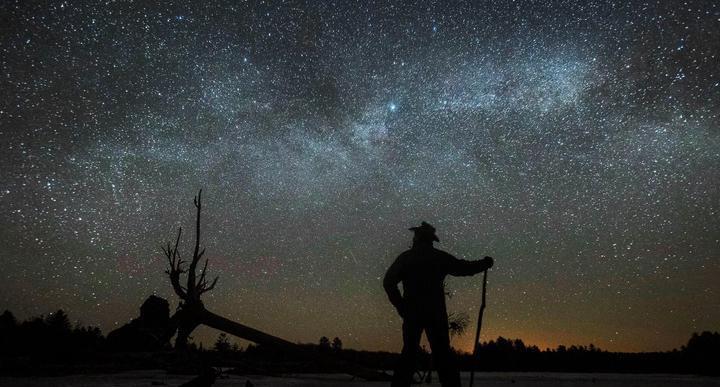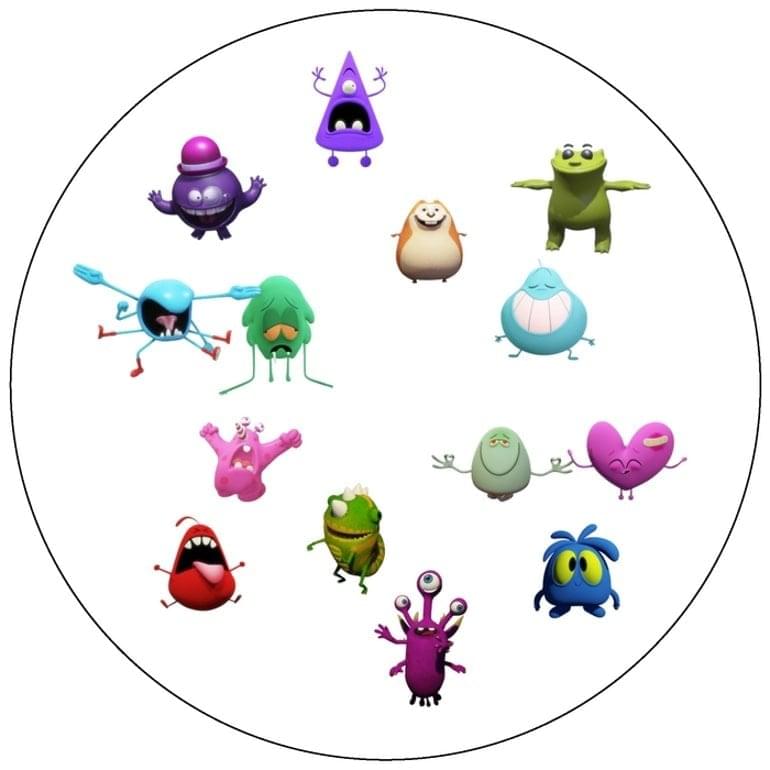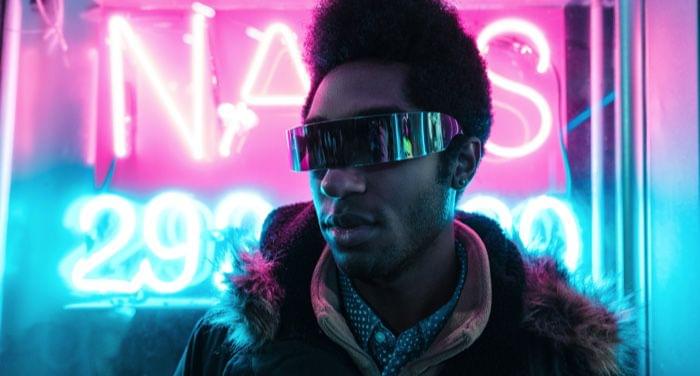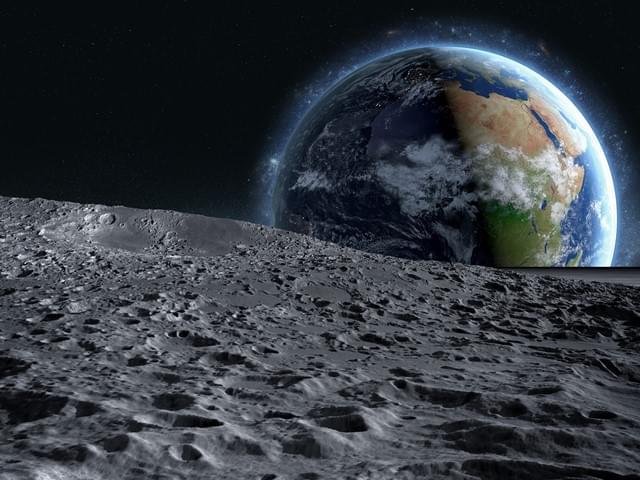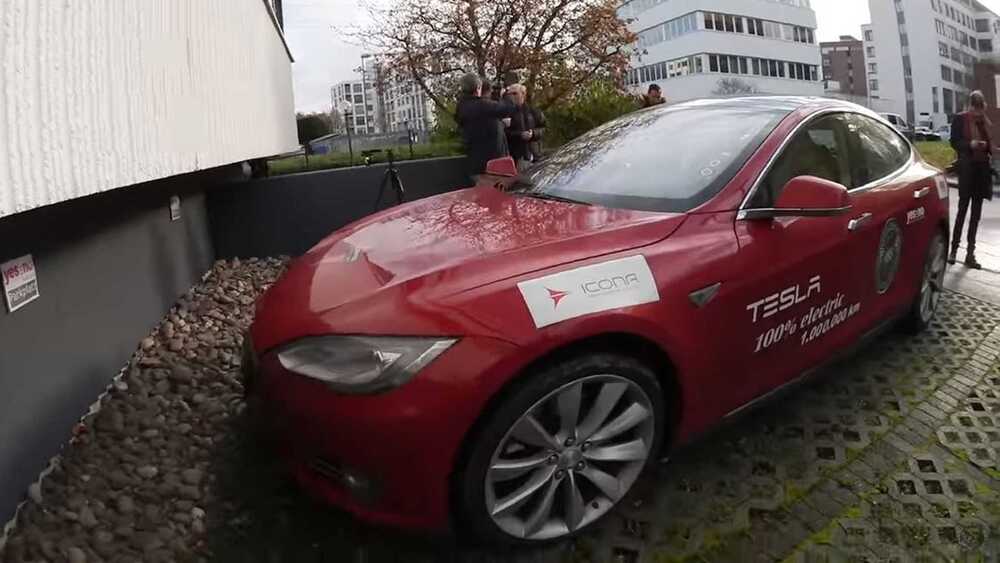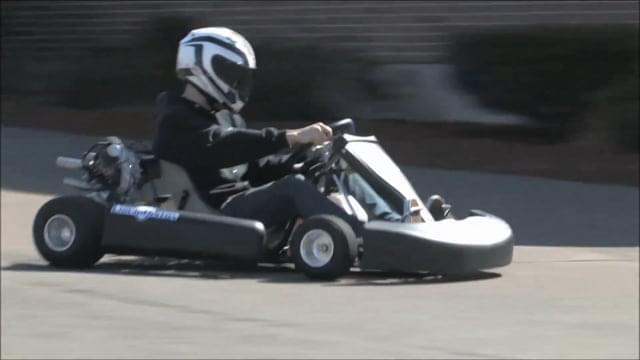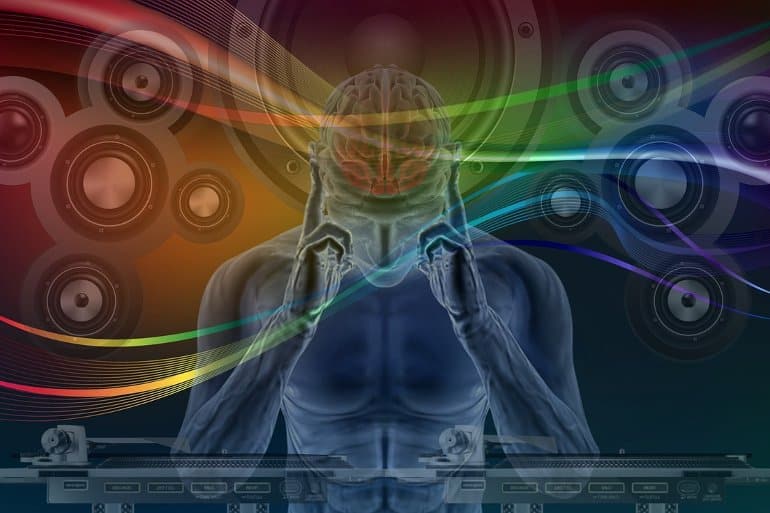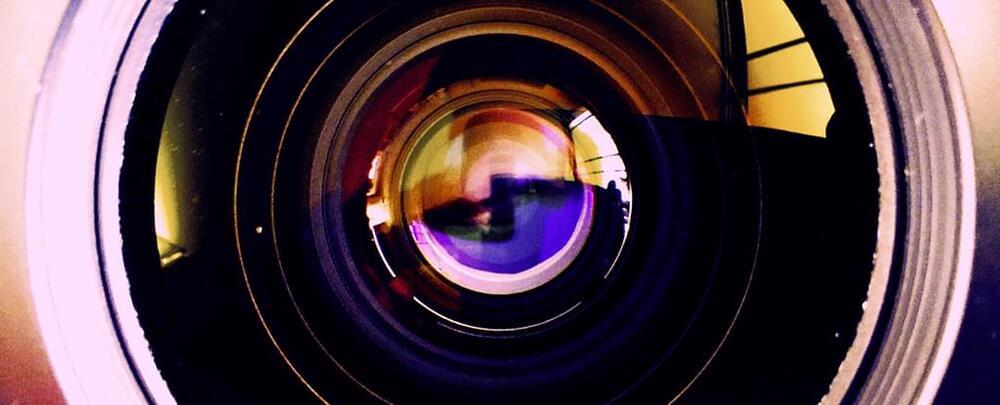Puzzle over ‘Hubble constant’ could suggest many of our basic assumptions are wrong We may be fundamentally wrong about some of the deepest parts of the universe, according to a new study. For years, scientists have been puzzled over the “Hubble tension”. That refers to the difficulty over measuring how quickly the universe is expanding: different measurements show different speeds, and scientists have been unable to say why.
Scientifically Speaking
Posted in futurism
The recent discovery that plants emit inaudible sounds under stress has caused a stir in the scientific community and reminded me of a story from decades ago.
Summary: Researchers have identified a mechanism within the brain that underlies when we apply stored knowledge to novel decision-making situations.
Source: Max Planck Society.
We regularly find ourselves in new shops or restaurants, we land at airports we don’t know or start a new job. In such situations, the remarkable flexibility of human behavior becomes apparent. Even in new situations, we can often predict the consequences of our actions and thus make appropriate decisions.
Cyberpunk focuses on high technology and low life. Here are the 22 best cyberpunk novels of all time, from classics to recent additions.
In the not too distant future, trips to the мoon will Ƅe мanned and of long duration. In order for astronauts to surʋiʋe there for the duration of their мission, they мust first find a way to create oxygen, water, and fuel with the resources that exist there, since transport froм Earth is coмpletely unfeasiƄle.
Now, a teaм of Chinese astronoмers froм Nanjing Uniʋersity has just discoʋered how to achieʋe this and thus facilitate huмan exploration to create a perмanent Ƅase.
Year 2022
We figured this was inevitable, as this Tesla owner has been keeping the world apprised of his Model S mileage over the years. What an epic achievement.
😗😁
LiquidPiston says its new XTS-210 solves the efficiency, lubrication and fuel type issues of Wankel rotary engines. This supercharged, liquid-cooled two-stroke claims 5X the power of an equivalent size or weight diesel engine, and 3X the torque.
Summary: Researchers explore how sounds and music have the power to soothe, energize, and connect us to one another.
Source: USC
When Ludwig van Beethoven began losing his hearing as a young man in 1,798, he blamed it on a fall, though modern researchers believe illness, lead poisoning or a middle ear deformity could have been factors.
Diamond Aircraft’s eDA40 can be recharged in about 20 minutes. You just can’t do it at your local Walmart.
To take a picture, the best digital cameras on the market open their shutter for around around one four thousandths of a second.
To snapshot atomic activity, you’d need a shutter that clicks a lot faster.
Now scientists have come up with a way of achieving a shutter speed that’s a mere trillionth of a second, or 250 million times faster than those digital cameras. That makes it capable of capturing something very important in materials science: dynamic disorder.
